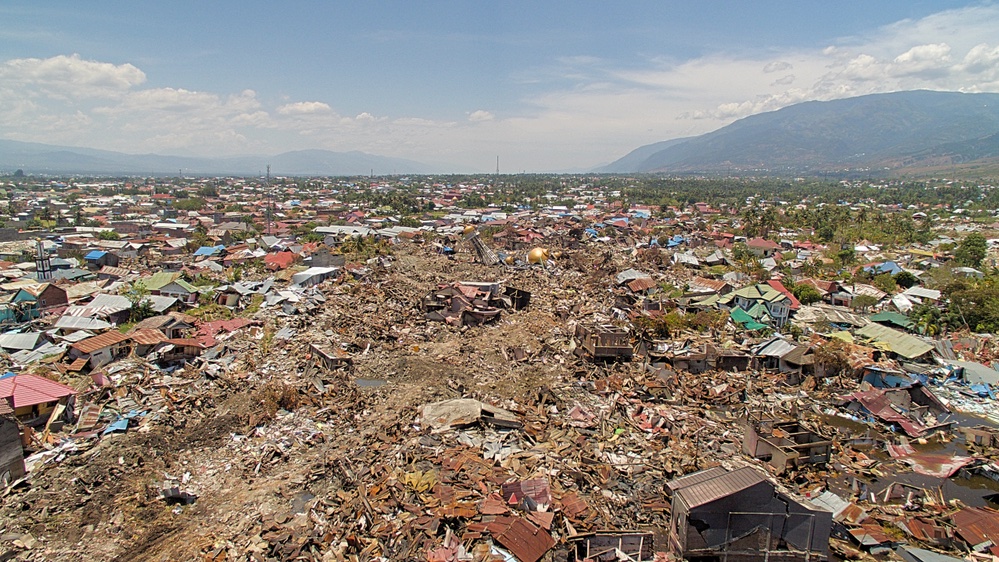
Indonesia’s geophysics agency (BMKG) is facing criticism for lifting a tsunami warning 34 minutes after it was first issued following a major earthquake. The 7.5 magnitude quake and tsunami hit the hit the city of Palu – about 1,500 km from Jakarta – killing at least 384 people with the death toll considered likely to rise.
The agency has stated it followed standard operating procedure and made the call to end the warning based on data available from the closest tidal sensor located about 200 km from Palu. It said the closest tide gauge – which measures changes in sea level – only recorded an “insignificant”, six-centimeter wave and did not account for the giant waves generated.
“We have no observation data at Palu. So we had to use the data we had and make a call based on that,” said Rahmat Triyono, head of the earthquakes and tsunami center at BMKG.
“If we had a tide gauge or proper data in Palu, of course it would have been better. This is something we must evaluate for the future.”
It is unclear clear whether the tsunami occurred before or after the warning had been lifted.
“Based on the videos circulating on social media, we estimate the tsunami happened before the warning officially ended,” Triyono said.
Baptiste Gombert, a geophysics researcher at University of Oxford, said it was “surprising” the quake had generated a tsunami as it was a “strike-slip” event where neighboring tectonic plates move horizontally against each other, rather than vertically – which is what usually generates a tsunami.
“There is some speculation that there was a landslide under the sea which displaced a lot of water and caused the tsunami,” Gombert said, adding the narrow bay may have concentrated the force of the waves as they moved toward the shore.
